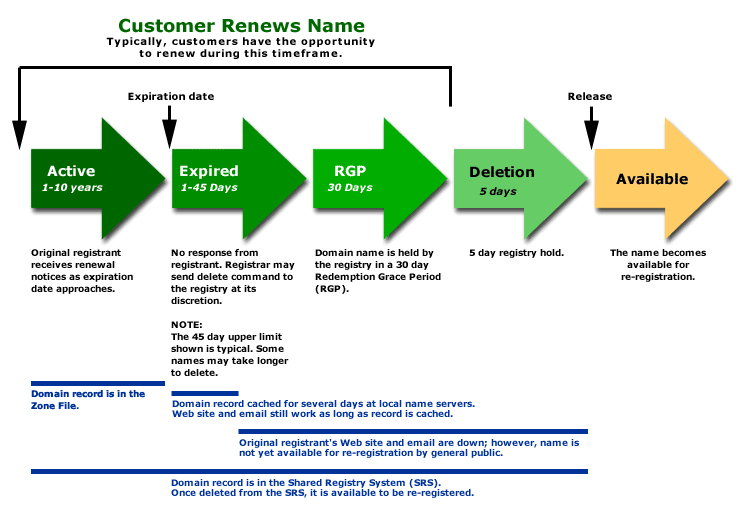 MasterChef has been a huge surprise hit in Australia. The TV ratings have been sensational for Channel 10, with an average of 1.96 million viewers nationally (not bad from a total audience pool of just over 20 million). What keeps this average so high? The key, ironically, is the stickiness created by the side dishes. The MasterChef website gets an equally, if not more, astonishing 2 million views per week.
MasterChef has been a huge surprise hit in Australia. The TV ratings have been sensational for Channel 10, with an average of 1.96 million viewers nationally (not bad from a total audience pool of just over 20 million). What keeps this average so high? The key, ironically, is the stickiness created by the side dishes. The MasterChef website gets an equally, if not more, astonishing 2 million views per week.
This website content is what keeps people engaged. Full show episodes stream very quickly from the site not long after screening, letting you catch up if you have missed an episode or just feed your addiction. Every recipe on the show is uploaded and available for those at home to have a crack, and beautiful images are cycled past the viewer. The taunt of “Can you master this MasterClass dish?” next to a picture of a beautiful coffee eclair is a great teaser to engage those at home.
The engaged community that has been built can be confirmed on Twitter. There doesn’t seem to actually be an official MasterChef twitter account, but that hasn’t stopped loyal fans creating unoffical ones and swamping Twitter with comments about how hungry they are, which recipes they love and who they want to get kicked off. The episode finished over an hour ago, but tweets are still coming in faster than one per minute. I really hope someone is monitoring this community really closely, what a great way to get feedback on the franchise directly from your customers.
Even if they are not monitoring the Twitter community, they will at least be monitoring their public forums. Yet another nod to the importance of communities in building a loyal following behind a brand. Over 30,000 posts proves that people are enjoying it, and breaking down the forums by participant gives a great selection criteria for the next season’s contestants (rumoured to be celebrities). Finally, they also have a Digg-like rating system on each recipe, so again the community can feel engaged and contribute back to itself.
How do you then cash in on this community? The product integration with Coles is subtle yet very effective. Recipes have a cost from Coles listed below them, for example this tasty soup is a mere $3.50 per serve. The PDF that you print to take to the shops of course has a Coles logo in the top right corner, as well as any notes about whether Coles stocks the item or not. They could have even taken this to the nth degree by having “MasterChef Prefilled Shopping Carts” from Coles Online, what armchair chef doesn’t want the ingredients delivered straight to their house? Even better, you could pre-empt the episode and deliver the Mystery Box challenge ingredients on the night of the Mystery Box episode! Now that would be challenging our engaged community.
The only thing that Channel 10 have done wrong, is screen Biggest Loser USA directly after MasterChef on a Sunday night. Then again, for some reason Biggest Loser makes me hungry too… 🙂

